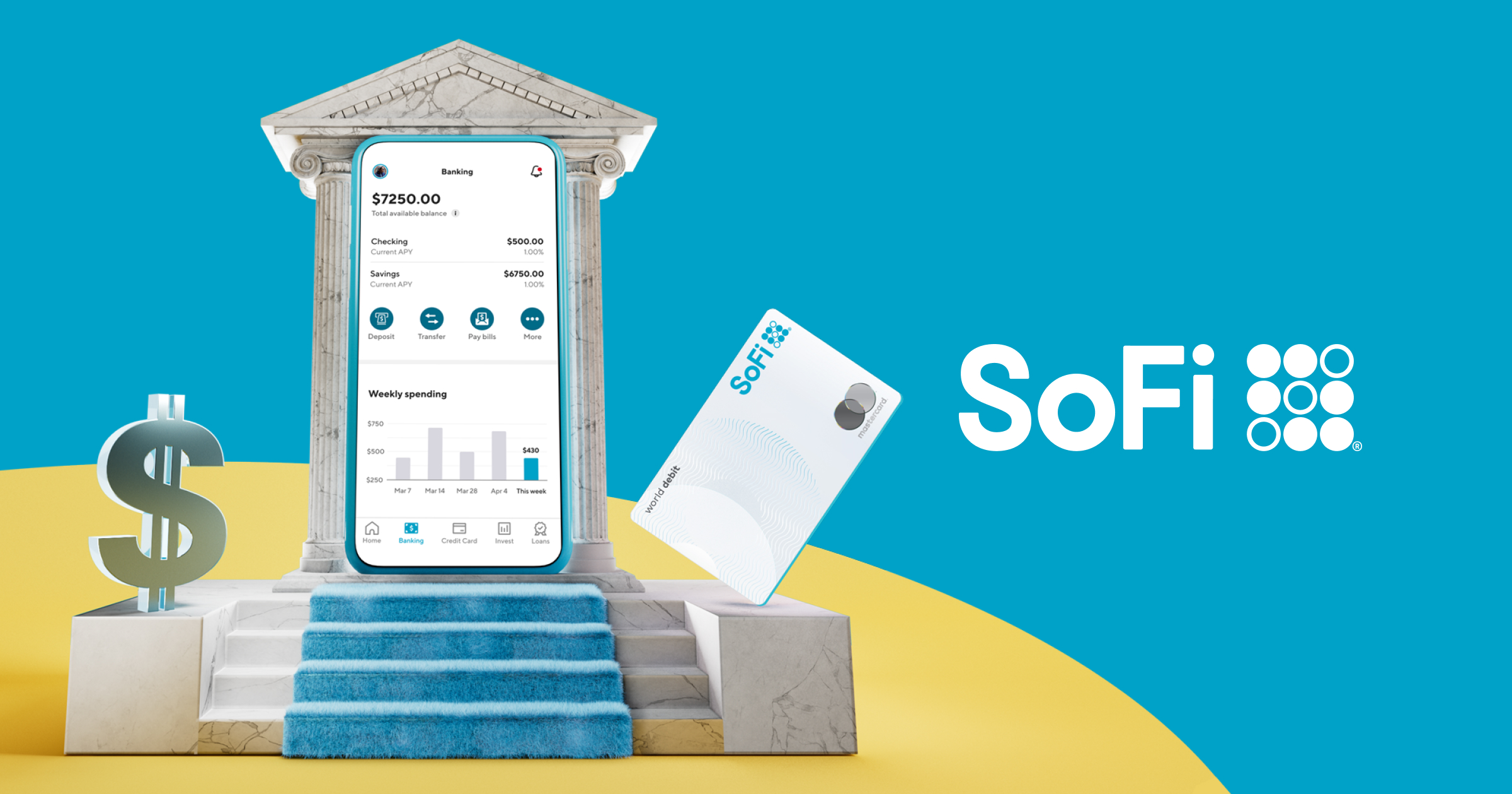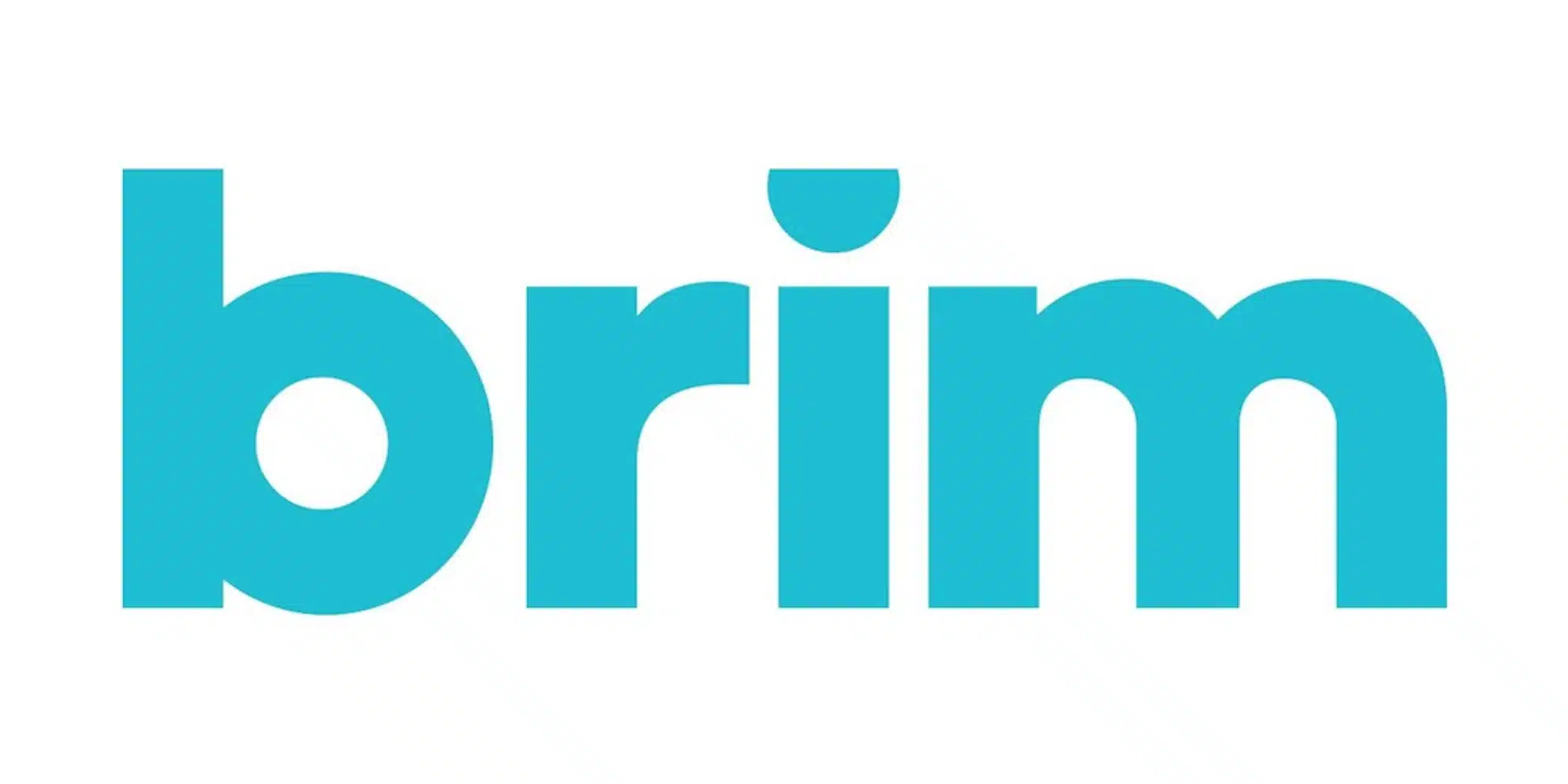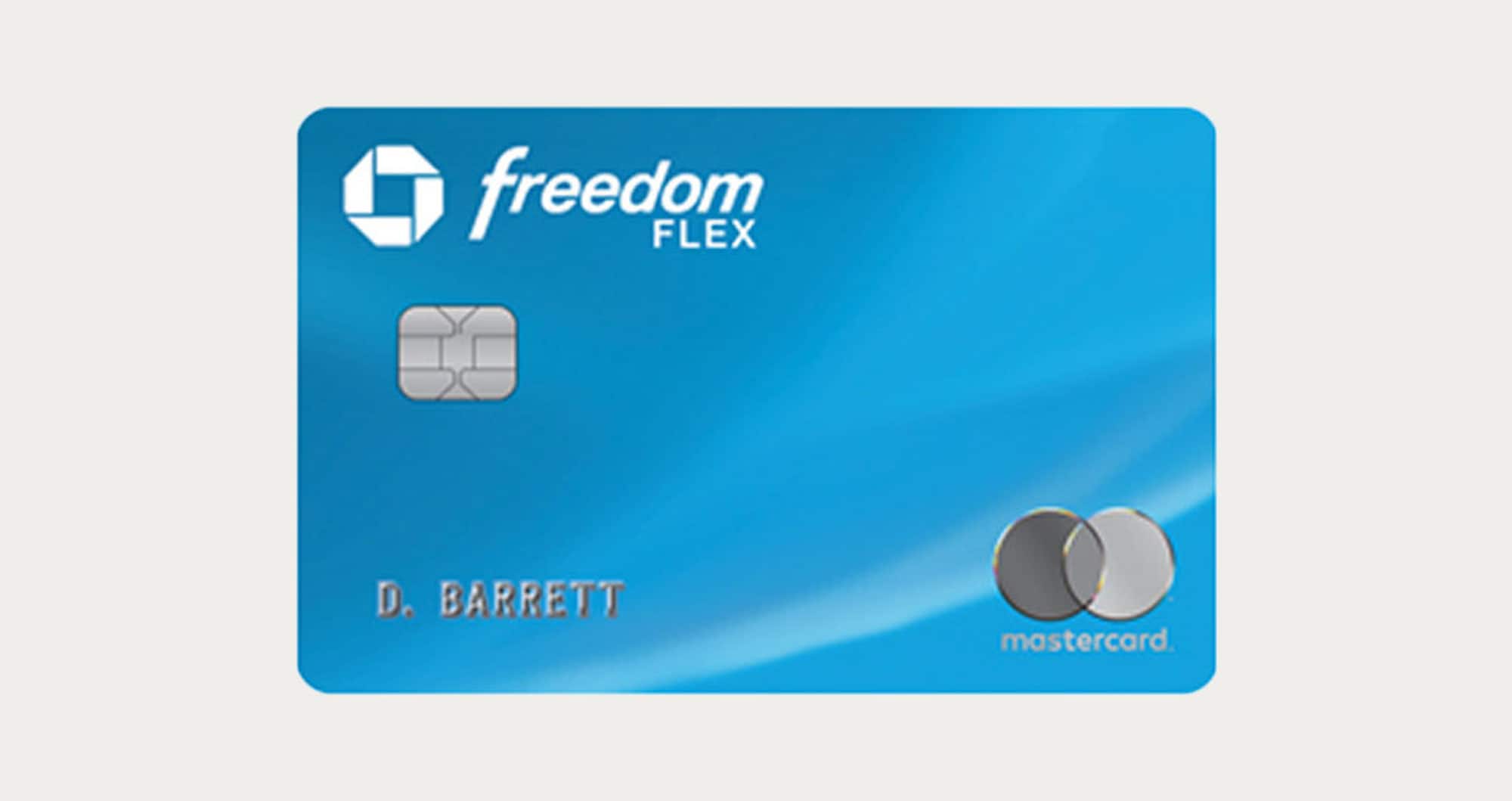
Investing
Roboadvisors: What Are They and Are They Right For Your Investments?
If you’ve researched investing in the past few years or so, one option you’ve probably seen increasingly come up is roboadvisors. With a futuristic sounding name that instantly instills images of autonomous mechanical arms making trades, roboadvisors have proven exciting to some while giving other potential investors pause. After all, who wants to trust their financial well being to a robot?
Well, as it turns out, there’s more to roboadvisors than meets the eye (not unlike their Autobot brethren). In fact there are many benefits to such platforms that could help new investors build their wealth. So what exactly are roboadvisory accounts and who are they best for? Let’s take a look at the pros and cons of roboadvisors, as well as highlight some of the companies putting this technology to work.
What is a Roboadvisor and How Does it Work?

What is a roboadvisor?
A roboadvisor (or digital advisor) is a platform that utilizes available data to recommend and manage a custom portfolio for investors. In most cases, these portfolios will be comprised of various ETFs (exchange traded funds), each chosen for its fees, performance, risk, and more. For example, a conservative investor may see their roboadvisor build a portfolio that’s heavy in bond ETFs whereas a more aggressive investor may have a portfolio containing different types of stock ETFs. What’s more, many roboadvisors will automatically “rebalance” your account to ensure that your preferred mix of investments remains aligned.
How do roboadvisors work?
Although digital advisor features may vary from platform to platform, a typical experience usually starts with the prospective investor answering a few questions about their income, investable assets, financial goals, risk tolerance, etc. These answers will then help the platform tailor a portfolio to the investor’s needs. From there, various algorithms are employed to ensure that these needs are continually met (to the best of their ability).
It’s important to note that these algorithms aren’t designed to magically deliver gains even in a down market and are still susceptible to the same losses as any other market account. For that reason the best strategy for robo-investors is likely a long-term plan, with your roboadvisor helping you to stay the course. In other words, don’t let a slumping market cause you to panic and hit the eject button.
Are all roboadvisors the same?
When we’re talking robots, it’s easy to imagine an army of clones or other single-minded sentient beings. Despite the sci-fi overtones in the term, roboadvisors can actually vary greatly from one another. As you’ll see later, there are now several roboadvisory platforms, each boasting its own set of features, algorithms, and twists that make them unique. Because of this, while investing with a roboadvisor may be relatively passive, choosing the right one up front is anything but.
What’s the difference between a taxable account and a retirement account?
Should you decide that a roboadvisory portfolio is right for you, you’ll also want to determine whether you want to set up a taxable investment account or a retirement account. A taxable account is a standard brokerage account that will allow you to deposit funds without limit. Meanwhile many roboadvisor platforms also offer various tax-deferred retirement accounts, such as IRAs, that are subject to annual contribution limits.
One thing to keep in mind is that, even if you’re already saving for retirement and maxing out an IRA, you can still use taxable accounts to further boost your post-career funds. In fact there may be benefits to investing outside of traditional retirement accounts, as they don’t have the same mandatory distribution rules that tax-deferred accounts do. On the opposite side of the spectrum, they also are not subject to the same early withdrawal penalties that traditional IRAs hold. For those reasons and more, it may be worth not only opening a roboadvisor IRA or Roth IRA but also investing in a taxable roboadvisory account as well.
The Pros and Cons of Roboadvisors
What are the Benefits of Roboadvisors?

Account rebalancing
Surely you’ve heard about the importance of ensuring you have a diversified investment portfolio. Similarly you may have heard of different formulas for figuring out how much of your portfolio should be made up of stocks compared to more conservative investments, such as bonds. While it’s easy enough to properly maintain this split when setting up your portfolio, as your investments grow, things can get a bit out of balance.
That’s where automated rebalancing comes in. Roboadvisor platforms will be able to make the necessary changes to your portfolio to ensure that your desired percentages are adhered to. Moreover many platforms will also be able to adjust your investments to grow more conservatively as you near the end of your time horizon. While these are all things active investors could achieve on their own, having it done for them helps ensure they’re keeping on course.
Tax-loss harvesting
Another common feature found in roboadvisors is tax-loss harvesting. The concept isn’t the easiest to explain but the basic idea is that the platform will automatically look for opportunities to sell investments at a loss in a bid to lower your tax obligations. This will then allow you to invest the tax savings into better-performing assets. By the way, tax-loss harvesting is typically only available for taxable accounts and won’t be a factor for retirement accounts.
For much more on tax-loss harvesting and the potential benefits of such a strategy, roboadvisor firm Wealthfront has an in-depth white paper on the subject.
Low fees (compared to actively-managed funds)
Since roboadvisors turn most of the hard work over to computers and algorithms instead of humans, the fees companies charge for these services tend to be far lower than the fees associated with actively managed funds. For example some actively managed funds may charge fees of 1% or more, while a common roboadvisor fee is one-quarter of that. For some newbie investors, the difference between .25% and 1% may not seem drastic but these fees eat into investment earnings over time — especially for those with larger portfolio values.
Easy to get started
Speaking of actively managed funds, many of these accounts require initial investments of five or even six digits. Meanwhile several roboadvisor platforms allow investors to open accounts with only a few hundred dollars or less. This is likely a major reason why many Millennials and others who are new to investing have turned to roboadvisors in recent years instead of more “traditional” brokerage houses.
Human help may also be available
Finally, it’s important to note that roboadvisor accounts may not be completely bereft of human interaction. In fact various firms do allow customers to talk to human advisors about their investment questions and more. Granted, the level of access you have to these real-life experts may be dictated by the type of account (or, in other words, the amount of money you have invested) but most do at least offer some form of human support when you need it.
What are the Drawbacks of Roboadvisors?

High fees (compared to index funds)
You may be a bit confused to see fees listed as a “con” for roboadvisors considering that low fees were cited as a “pro” just a few paragraphs ago. Well, while roboadvisory fees do certainly compare favorably to actively managed funds, many do cost more than index fund options. For example, a common digital advisor management fee for an account with $5,000 in invested assets is .25% while a standard S&P 500 index fund with that amount might have an expense ratio of .04% or less. Of course other index funds may have more comparable expenses, although this will depend on the fund and the amount invested.
Something that also doesn’t often get mentioned regarding roboadvisors is that management fees aren’t the only expense investors may contend with. In addition to what each platform charges, users will also want to factor in expense ratios for the individual ETFs that make up their portfolio. It’s true that most roboadvisors will make a point to select low-cost funds but these expenses will still eat into your investment gains. Therefore, in addition to considering the advisory fees, be sure to consider the underlying fund costs as well.
Lack of control
On the one hand, what makes roboadvisors great is that they allow novice investors a way to get started without having to know the ins and outs. At the same time those who may want to learn more about investing and take a more active role in managing their portfolio may grow to feel hindered by their automated account. And while calling up your human advisor and asking them to make a change may be easy enough, the same may not be so simple with an algorithm.
Another potential problem that speaks to the lack of control some roboadvisor clients encounter involves taxes. Not too long ago, a Wall Street Journal article documented that a change SoFi made to its roboadvisor users’ portfolios may have led them to incur major tax bills.
When SoFi launched its own no-cost ETFs, it apparently swapped out similar funds in favor of their own. Unfortunately, with no way for users to opt-out of the change, this triggered a taxable event. What’s more, some users had held their portfolios for less than a year, meaning they’d have to pay short-term capital gains taxes, which can be far higher than their long-term counterparts. This may be an isolated incident but does demonstrate one potential danger of roboadvisors.
Short track record
Speaking of SoFi, while they may be one of the newer roboadvisors on the market, even the oldest wasn’t founded that long ago. Take, for example, the fact that veteran Betterment is merely a decade old. That’s not to say that the platform isn’t worthwhile or hasn’t proven itself but there may be investors who still prefer more established means of investing. Furthermore, with technology and especially FinTech rapidly evolving, one can’t help but wonder when the next wave in investing might arrive.
Automation is available elsewhere
One pitch that roboadvisors sometimes make is that they allow investors to make automated transfers, ensuring that they continue to grow their portfolio on a monthly basis. Well, guess what: there are plenty of other brokerage accounts that can do the same thing.
And while features like tax-loss harvesting may be unique to roboadvisors, some of the rebalancing act that these platforms pull can also be mimicked by other products. For example Jim Wang of Wallet Hacks notes that target date funds may be a viable alternative to roboadvisors and may actually make things a bit easier for investors.
Who is Robo-Investing Best For?

Newbie investors
As mentioned, there are many reasons why those who are new to the world of investing might opt for a roboadvisor. Perhaps one of the biggest factors is the low initial deposit required by many platforms. Additionally roboadvisory accounts allow investors to remain diversified and perform complicated portfolio moves without them really doing anything. Add in a relatively low fee load and it’s easy to see why roboadvisors are growing in popularity among first-time investors.
Long-term, passive investors
If you have aspirations of becoming a day trader, roboadvisors are definitely not for you. In most cases these platforms achieve the best results over longer periods of time, allowing portfolios to grow both through regular deposits and via compounding gains. Since the market fluctuates, portfolios may slip from time to time but, as historical data shows, those who stay the course see gains in the end.
Panicky investors
While we’re on the subject of market volatility, for those who foresee themselves threatening to sell their portfolio at the first sign of trouble, roboadvisors may actually be a blessing. Thanks to the automation these platforms offer, investors don’t need to babysit their accounts, which in turn can help prevent them from making rash decisions. Plus, if there is a reason to sell, the tax-loss harvesting features offered by some roboadvisors can help turn that downside into a win.
Investors with low risk tolerance
As for those who have a low tolerance for risk to begin with, the customization that roboadvisors boast can come in handy. Part of the portfolio building process involves figuring out how aggressive or conservative you want your investments to be.
Furthermore automated rebalancing ensures that you maintain this risk level. It’s imperative to reiterate that this in no way means that investing with roboadvisors isn’t without risk but it will at least help you minimize risk by establishing a diversified portfolio that’s right for you.
Comparing Roboadvisor Brokerage Options
If you feel a roboadvisor is right for you then the next question to answer is “which one?” As I mentioned earlier, even though the roboadvisor marketplace is relatively new in the financial product marketplace there are now a number of players to consider.
To help with that decision I’ve evaluated the leading players and highlighted the key differentiators below:
| Robo-advisor | Advisory Fee (Basic Tier) | Account Minimum (Basic Tier) |
 | 0.25% | $0 |
 | 0.25% | $500 |
 | 0.25% | $5 |
 | $1 a month | $0 |
 | 0% | $100 |
 | 0% | $100 |
 | 0% | $5,000 |
Betterment
Management/Advisory fee: Digital: 0.25% annually (paid monthly), Premium: .40% annually (paid monthly)
Account minimum: Digital: $0, Premium: $100,000
Not only is Betterment one of the most popular roboadvisor platforms available but it was also among the first to emerge in the marketplace. With a .25% advisory fee and no minimum balance requirement for their basic account, the company also seemingly created a template for its contemporaries to follow and tweak. While their entry-level Digital account includes features like auto-rebalancing and tax-saving strategies, their Premium account (open to users with more than $100,000 to invest) includes unlimited access to human certified financial planners and more.
It’s also worth noting that Betterment recently gained some new customers after Wealthsimple decided to shut down its roboadvisor services in the United States and transfer existing customers to Betterment. The good news for those investors is that Betterment maintains a lower advisory fee than Wealthsimple did. Obviously this development is unlikely to impact those looking to get started with roboadvisors now, but does further emphasize Betterment’s front-runner status.
Wealthfront
Management/Advisory fee: 0.25% annually (paid monthly)
Account minimum: $500
Another increasingly popular roboadvisory platform is Wealthfront. In addition to their .25% advisory fee (which stays the same regardless of balance), the platform notes that the funds it uses in its portfolios currently have an overall expense ratio between 0.05% and 0.29%. Unlike some other platforms on the list, Wealthfront supports tax-loss harvesting for all account sizes and checks for these opportunities on a daily basis. That said more in-depth tax efficiency features like stock-level loss harvesting is reserved for those with portfolios valued at over $100,000.
Marcus Invest
Management/Advisory fee: 0.25% annually (paid quarterly)
Account minimum: $5
One of the newer companies to get in on the roboadvisor craze is Marcus — which is a division of Goldman Sachs. Last year, the brand debuted its Marcus Invest platform, which offers three main investment strategies and more than 50 managed portfolios of stock and bond ETFs. It also includes such features as “tax-smart management.” Previously, Marcus’ model included charging a 0.35% management fee but offered credits on ETF fees for those who held Goldman Sachs Asset Management. Now, however, the company has lowered its fee to 0.25% while discontinuing that fee reimbursement. Nevertheless, that feature will remain through the end of 2022. On top of that, Marcus recently dropped its minimum initial investment from $1,000 to just $5.
Ellevest
Management/Advisory fee: Essential: $1 a month, Plus: $5 a month ($54 a year), Executive: $9 a month ($97 a year)
Account minimum: $0 to open an account but portfolio-specific minimums may range from $1 to approximately $240.
The first thing you should know about Ellevest is that the company does cater to a female user base, as the platform was designed by women. In fact Ellevest offers a number of account levels and offers an “investment algorithm that factors in important realities of women’s lives, such as pay gaps, career breaks, and longer lifespans.” However make no mistake that anyone can invest using their services.
Another element that makes Ellevest different from other options on this list is its pricing model. While the platform previously charged an advisory fee that amounted to a percentage of your portfolio, they’ve since moved to a monthly fee model, with memberships starting as low as $1. Because of this and given its unique perspective, Ellevest stands out from the pack.
SoFi Invest (Automated)
Management/Advisory fee: 0%
Account minimum: $1
SoFi has now been in the investing game for a few years, offering both Active (purchasing individual stocks and ETFs) and Automated (roboadvisor) options. The pros to these services are fairly obvious: they have no management or advisory fees and low account minimums. As for the cons, SoFi currently doesn’t offer any tax-loss harvesting. Still, if you’re looking for a low-cost option with auto-rebalancing and other features, this might be one for you.
M1 Finance
Management/Advisory fee: 0%
Account minimum: $100 (Taxable investment account), $500 (IRA)
M1 Finance is unique in that it’s essentially a hybrid of a roboadvisor and a traditional brokerage. Investors can create custom portfolios utilizing a number of options and then automate from there. Another big perk is that M1 doesn’t charge any advisory fees or commissions. You can also open an account for free, although you’ll need at least $100 to start investing in a taxable account or $500 to open an IRA on the platform.
Schwab Intelligent Portfolios
Management/Advisory fee: 0%
Account minimum: $5,000
Given the popularity of roboadvisor startups, it was only a matter of time before some larger brokerages introduced their own offerings. Among them is Charles Schwab Intelligent Portfolios. Like many others, Schwab boasts rebalancing, tax efficiency, and a variety of account options. What’s more, Intelligent Portfolios don’t charge advisory fees or commissions. That said the minimum to get started is far higher than many competitors, starting at $5,000. Plus it should be noted that tax-loss harvesting is only available to customers with invested assets in excess of $50,000.
Final Thoughts on Roboadvisors
Like oh so many forms of innovation before them, roboadvisors certainly come with their own set of pros and cons. Ultimately, while they may be right for newbie investors looking for a passive and affordable option, those who want to get more hands on with their portfolio may want to look at more traditional brokerages or online trading apps like Robinhood, Public, etc. Meanwhile the growing list of roboadvisory platforms means consumers have several accounts to choose from, each with its own perks and features to consider. In the end, regardless of whether you hire a roboadvisor, a human one, or choose to go at it alone, what’s really important is that you create an investment plan that meets your needs and stick with it in order to make your money work for you.








